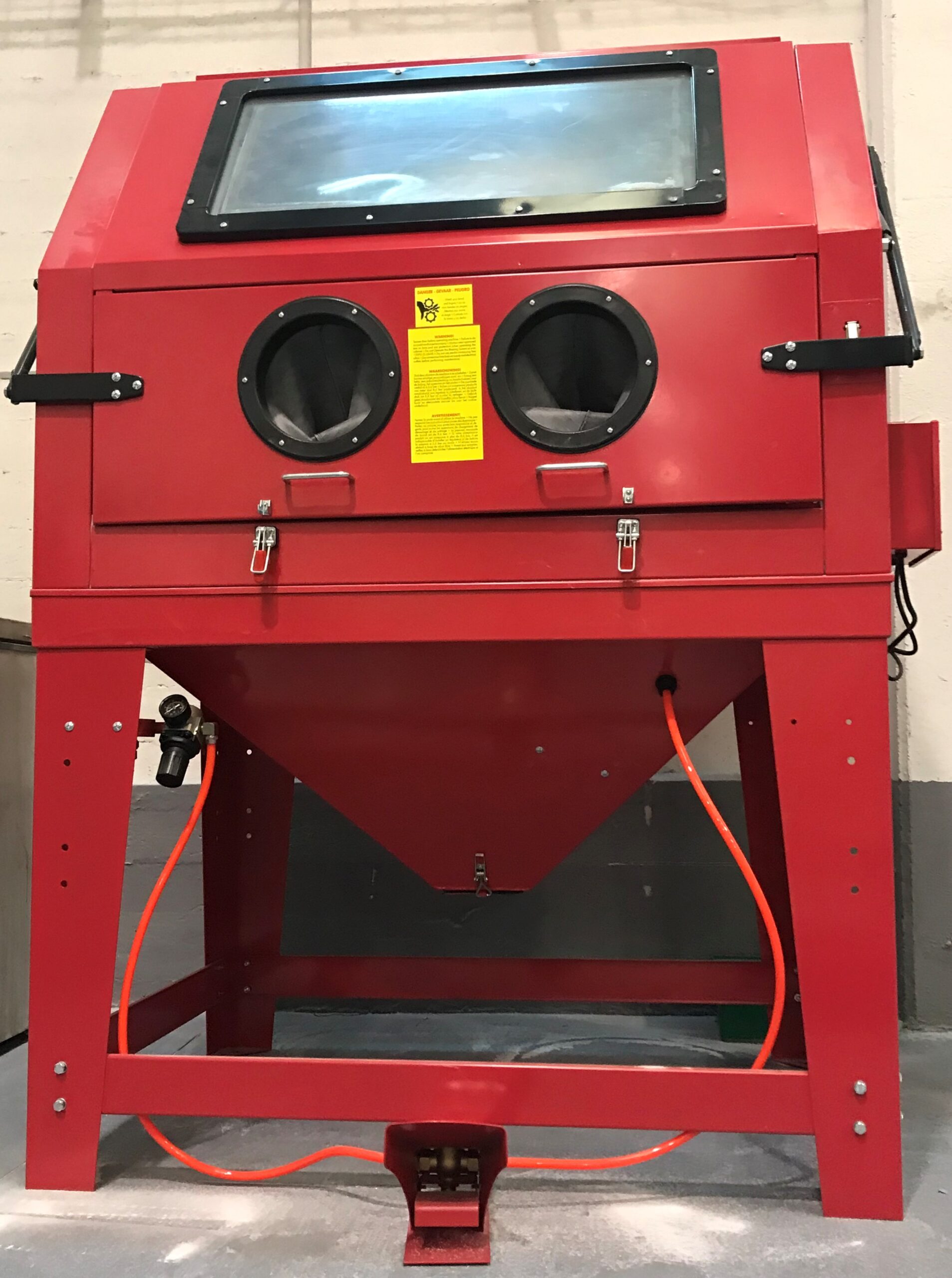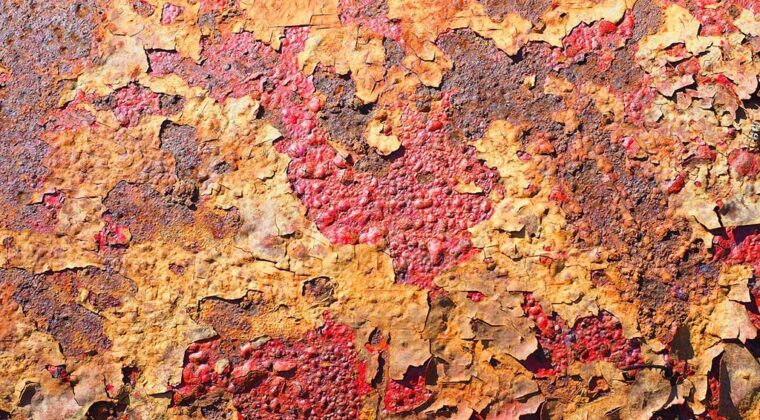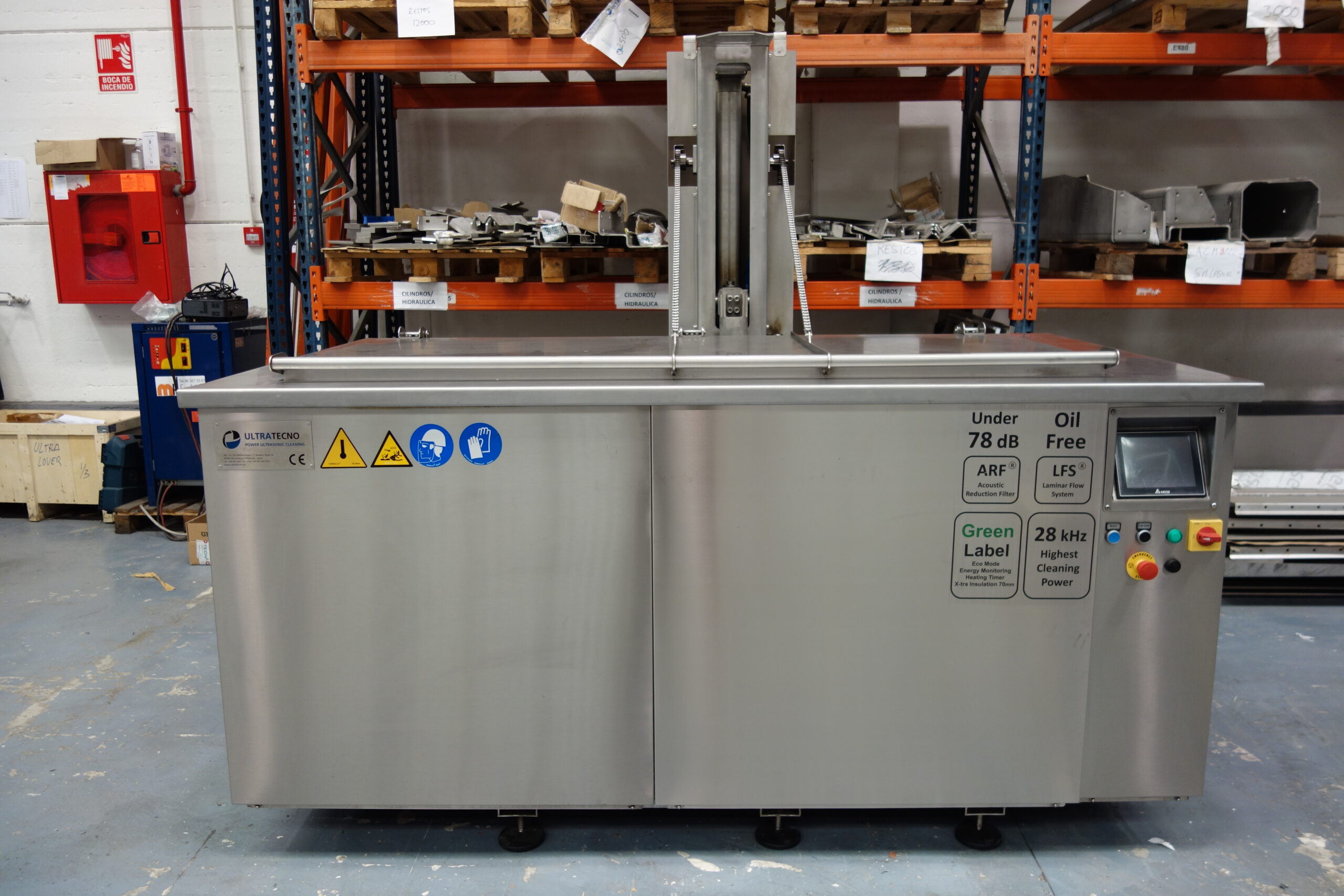
The most common blasting equipments are sand blasters, shot blasters and wheel blasting. Each of various blasting methods aims for surface preparation and treatment. Such a treatment is executed previously to the application of any type of coating and paint. It is necessary cleaning of the surface to ensure that the application adheres well, being of utmost the elimination of oils, greases, and other contaminants such as mill scale and rust.
Shot blasting and sand blasting machines use the same function as wet abrasive blasting, being used in parts where the cleaning is necessary, such as removal of rust, incrustations, burrs etc. Mainly, glass beads are used to blast or shot blast the surface being treated. There are many types of blasting; the choice will be influenced by the type of dirt to be treated and the material of the piece. For example, wheel blasting and compressed air blasting equipment are applied in large areas. Most common application is removing rust.
Several advantages can be perceived with blasting equipment, but we register also disadvantages, placing them on the scale, the second weighs more. It is a sustainable technology and it is assured the removal of dirt. However, most of these equipments damage the surface and close the pores, thus altering the surface and it is very aggressive for many materials. It should be noted that it would only serve for parts that can be disassembled, since non-disassembled parts can be damaged. For the functioning of blasting equipment, abrasive materials are necessary, which produce a high consumption of water, abrasive and being less respectful with the environment.
On the other hand, ultrasonic cleaning is a technology which can be applicable to the same industrial sectors and parts as blasting equipment, for example in cast iron parts. If we examine both technologies in detail, ultrasound presents more benefits, among them the following are the most striking:
-
It is not necessary the presence of an operator, since ultrasonic cleaning is automatic (labor saving).
-
In its entirety parts are cleaned, outside and inside cavities.
-
Surface it is not damage
-
Homogenous cleaning
-
Low consumption of water and detergent.
Ultrasonic tanks are made of stainless steel, in order to prevent the equipment of corrosion.
To conclude, both technologies are developed for the cleaning and maintenance of parts and surface to be treated. Still, ultrasound has advantages difficult to ignore, all necessary resources are optimized. Such as water saving, labor saving, energy saving and detergent. While highlighting that there is a greater respect towards the environment.










